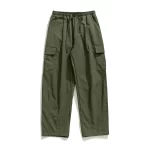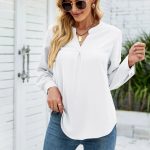Raincoats are essential pieces of apparel for anyone who wants to stay dry during wet weather. The right raincoat not only protects you from the elements but also complements your personal style. With a variety of options available, selecting the best rain coat can feel overwhelming. This article will help you understand the different types of raincoats, choose the perfect fit, and identify essential features that suit your lifestyle and needs.
Understanding the Importance of a Good Raincoat
The Role of Protection
A high-quality raincoat serves as a barrier against rain, wind, and cold temperatures. The primary function of a raincoat is to keep you dry while you are outdoors. Staying dry is crucial, as wet clothing can lead to discomfort, hypothermia, or even illness. Investing in a good raincoat protects your clothing underneath and improves overall comfort.
Modern raincoats are designed to handle not just light drizzles, but also heavy downpours. Many feature waterproof or water-resistant materials that repel moisture effectively. Understanding the different levels of moisture protection available will help you make the right choice in your search for the perfect raincoat.

Versatility for Various Occasions
A well-chosen rain coat can be versatile enough to wear on various occasions. Whether you are going to work, heading out for a casual stroll, or embarking on an adventurous hike, there’s a raincoat for every activity. Some designs are tailored for formal settings, while others are perfect for outdoor adventures.
Choosing a raincoat that aligns with your lifestyle will not only keep you dry but also enhance your look. A stylish raincoat can be an integral part of your wardrobe, allowing you to feel confident in any situation, rain or shine.
Fabric and Construction Quality
The fabric and construction of a raincoat significantly impact its performance and longevity. High-quality raincoats are typically made from durable and waterproof materials. Options such as Gore-Tex, nylon, and polyester are common choices. These materials will offer substantial protection against the elements while also being lightweight and breathable.
The construction of the raincoat, including features such as sealed seams and waterproof zippers, can further enhance its effectiveness. Paying attention to the quality of the fabric and its construction will ensure you are investing in a raincoat that is both functional and long-lasting.
Types of Raincoats to Consider
Lightweight Packable Raincoats
Lightweight and packable raincoats are ideal for individuals who want practicality and ease of use. These jackets are often made from thin, waterproof materials that can be easily folded and stored in a bag when not in use.
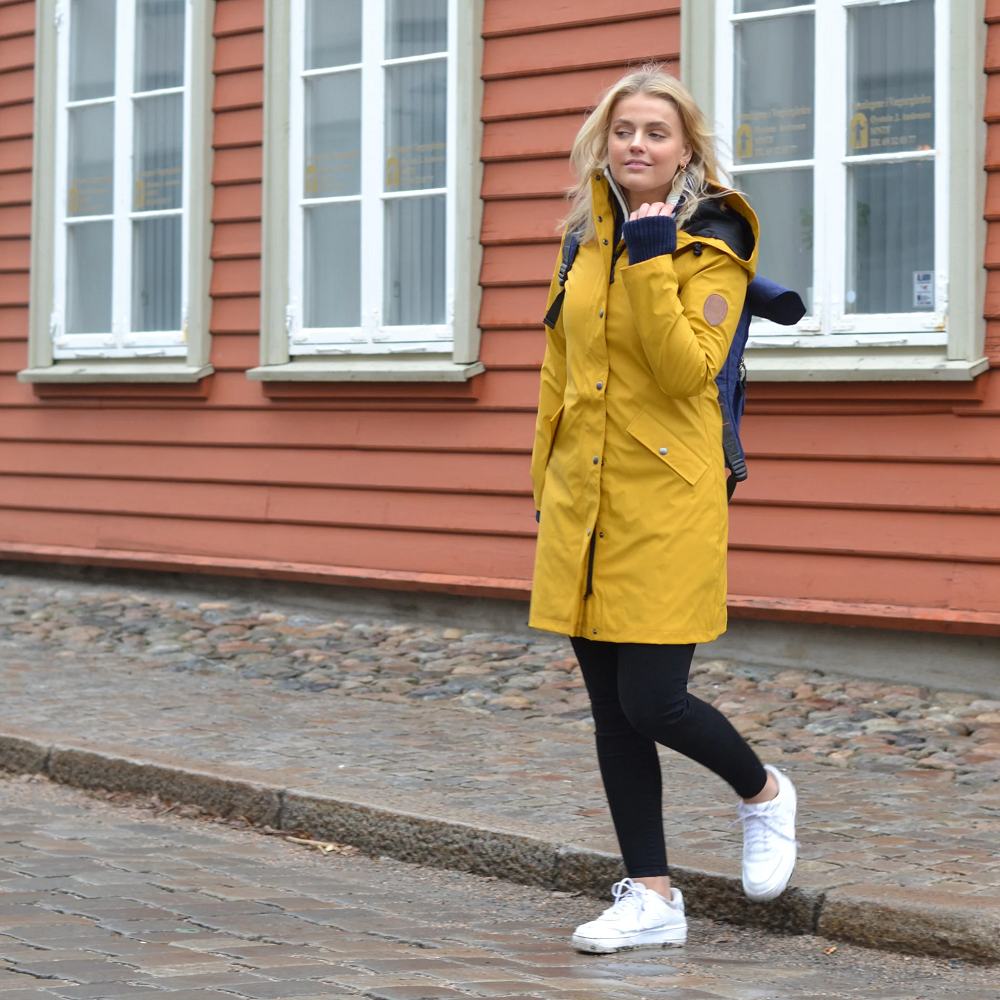
Features and Benefits
Lightweight raincoats typically feature a simple design with minimal bulk. They are perfect for travel, outdoor activities, or as a backup for unexpected rain showers. Despite their lightweight construction, many options still provide excellent weather protection, making them a popular choice in the market.
Consider looking for packable raincoat options that also include a hood and ventilation features. Adjustable cuffs and strings at the waist can help keep water out, ensuring the raincoat remains functional in all weather conditions. For layering under the raincoat, good blank hoodies provide a versatile and comfortable option, combining warmth and style while adapting seamlessly to casual or active settings.
Long Raincoats
Long raincoats provide extended protection, covering not just your torso but also your legs. These coats are particularly useful for heavier rain where moisture may reach you even when you’re wearing regular-length jackets.
Advantages of Length
The extra coverage offered by long raincoats adds insulation from cold breezes and protects your lower body from rainwater. They often come with adjustable features to allow flexibility, like belts or cinched waists for a more tailored look.
Long raincoats can be found in various styles, including trench coats and stylish overcoats. Choosing a long option can allow you to feel fashionable while still being protected from the weather.
Stylish Rain Jackets
For those looking for a balance between fashion and function, stylish rain jackets are an excellent choice. These jackets often incorporate trendy designs and colors, making them ideal for urban environments.
Fashion Meets Function
Fashionable rain jackets may include features such as faux leather finishes or colorful patterns. They can be paired easily with various outfits while still providing protection from the rain. Many stylish jackets also offer additional features like adjustable hoods, ventilation, and waterproof zippers.
When choosing a stylish rain jacket, consider how it can fit into your everyday wardrobe. Opt for designs that reflect your personal style, ensuring versatility for various occasions.
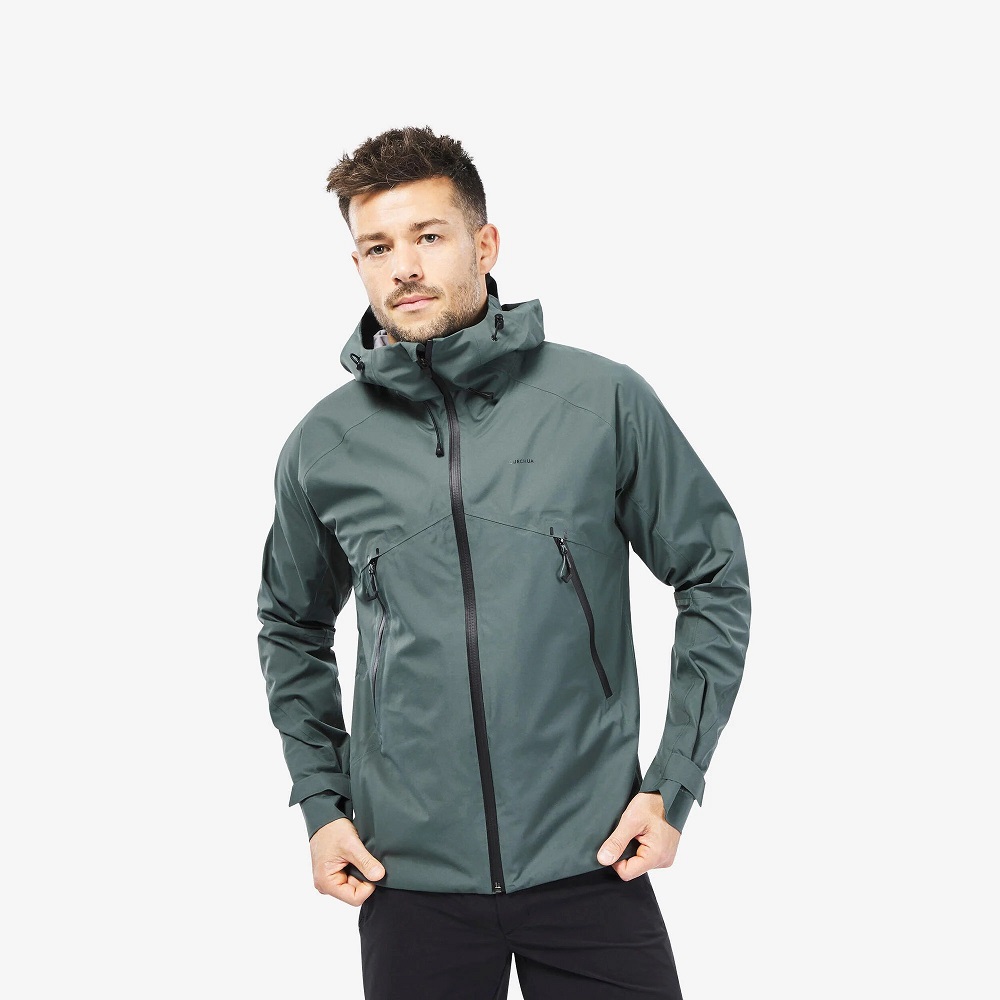
Finding the Right Fit
Measuring for the Perfect Fit
A well-fitting raincoat is important for overall comfort and protection. When purchasing a best rain coat, knowing your measurements is essential. Use a measuring tape to obtain your bust, waist, and hip measurements. If you plan to wear layers underneath, consider sizing up to accommodate this addition.
Different brands may vary in their fit and sizing, so always refer to the individual sizing charts provided. Trying the jacket on is ideal whenever possible, as it allows you to assess fit and comfort.
Evaluating Length and Shape
Consider the desired length and shape of your best rain coat during the fitting process. Raincoats come in various lengths, from cropped styles to those that reach mid-calf. The desired length may depend on your personal preferences, how much coverage you want, and the activities you’ll be engaged in.
The shape of the coat is important as well. Some raincoats are designed with a fitted silhouette, while others offer loose and breezy styles. Determine which cut flatters your figure, supports mobility, and provides comfort.
Checking for Movement
Once you’ve selected a best rain coat, perform mobility checks to ensure it allows for freedom of movement. Lift your arms, bend at the waist, and move around to test for comfort. Ensure that the coat does not restrict movement or feel excessively tight.
Taking the time to assess how the coat fits while in motion will guarantee you experience comfort while wearing it during unpredictable weather conditions. A jacket that allows for ease of movement will enhance your overall enjoyment.
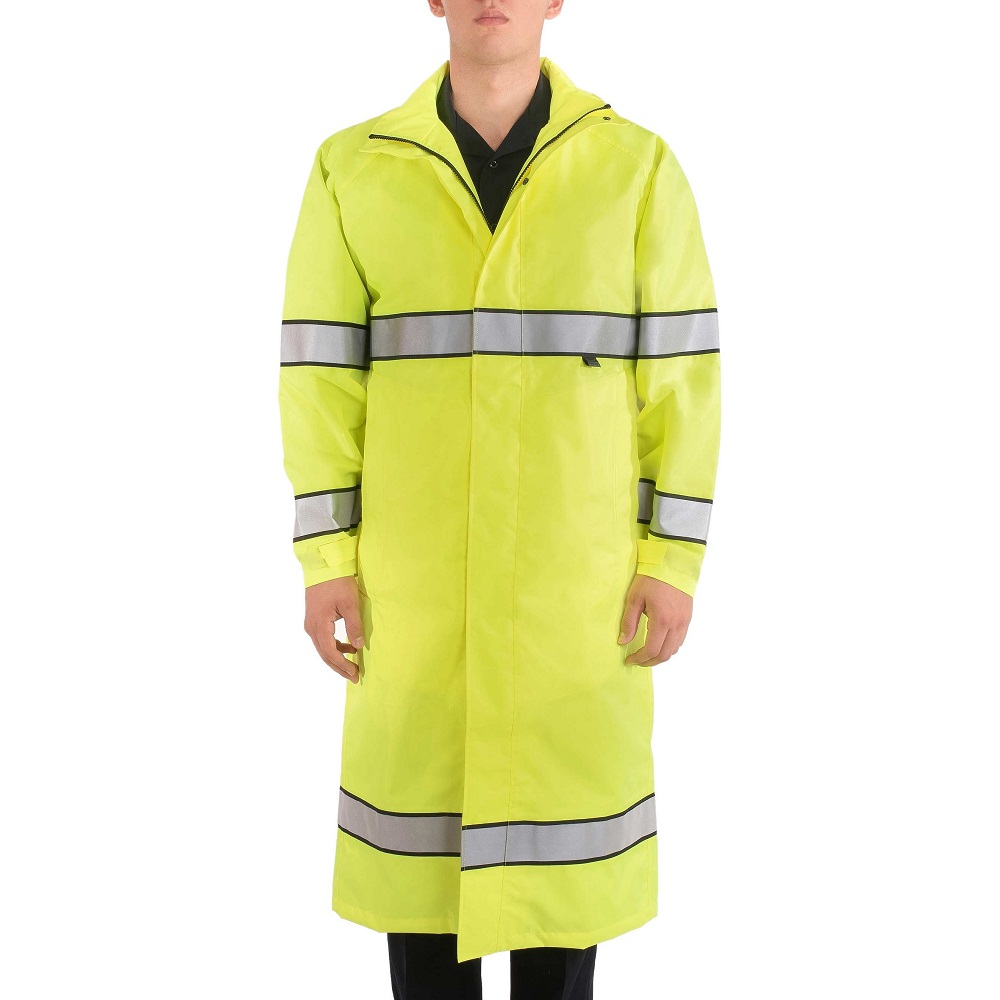
Key Features to Look For
Waterproofing and Breathability
When selecting a best rain coat, look for features that enhance waterproofing and breathability. The best jackets should combine these elements for comfort. Features to consider include ratings such as millimeters of waterproofing and breathability measurements.
Sealed Seams
Sealed or taped seams are crucial for ensuring that water does not penetrate the jacket at the stitching. The construction of the seams can significantly affect how well the raincoat performs in wet conditions.
Make sure to check product descriptions and reviews for information about the jacket’s seam construction before making a final decision. Well-sealed seams help prevent leaks and keep you dry.
Ventilation Options
Ventilation is essential in maintaining comfort, especially if you’re active while wearing the raincoat. Look for jackets with ventilation features such as underarm vents or mesh lining to facilitate air circulation.
These features help regulate body temperature and prevent overheating while providing solid protection from rain. Practical ventilation options ensure that you stay comfortable during various outdoor activities, even in humid weather.
Additional Features
Many modern raincoats also come with additional features that enhance functionality. Things to consider are adjustable hoods, cuffs, and hemlines, which allow you to customize the fit based on weather conditions.
Consider pockets as well; they are essential for storing essentials such as phones or keys while on the go. Look for zippered or secure pockets to keep your belongings safe and dry. These practical features can enhance the overall experience of using your raincoat.
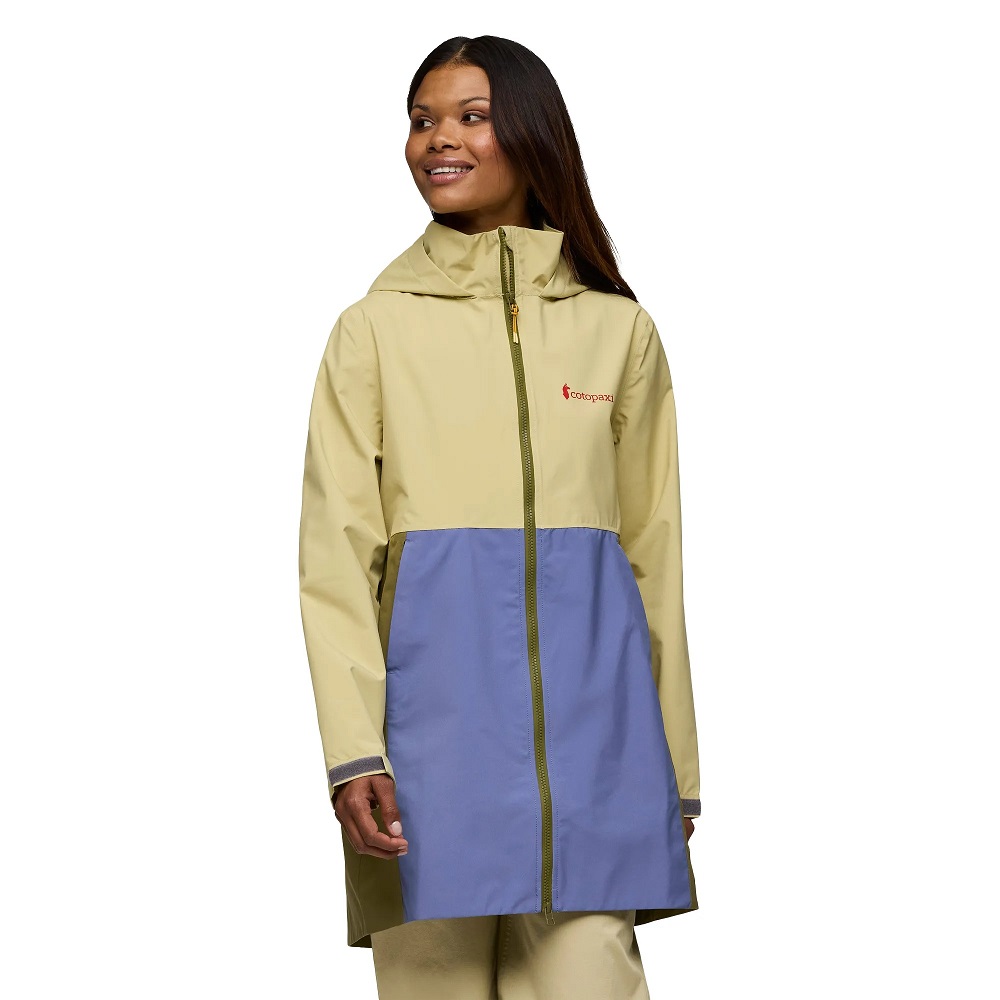
Storage and Maintenance Tips
Proper Storage Techniques
After using your raincoat, proper storage techniques are essential for maintaining its quality. Ensure the jacket is clean and completely dry before placing it in storage. Moisture can lead to mildew or unpleasant odors, which can damage the fabric.
Hanging your raincoat on a padded hanger keeps it in shape and prevents creasing. If you opt to fold it, do so gently without creating deep creases. Store the raincoat in a cool, dry area away from direct sunlight to prevent fading.
Regular Cleaning Practices
Cleaning your raincoat is vital for maintaining functionality and appearance. Most raincoats can be machine washed; however, always check the care label for specific instructions. Some fabrics may require hand washing or special detergents.
When washing, avoid fabric softeners, as they can reduce the waterproofing capabilities of the fabric. Instead, use mild detergents designed for technical fabrics to maintain performance. Regular cleaning will extend the life of your raincoat and ensure it remains effective when you need it.
Inspecting for Damage
Periodically inspect your raincoat for signs of wear or damage, especially after extended use. Look for loose stitching, cracks in waterproof fabric, or any signs of fading. Addressing minor issues promptly can prevent further damage, maintaining the integrity of the jacket.
If you notice any damage, consider professional repairs or follow the manufacturer’s instructions for DIY fixes. Taking proactive steps helps you get the most out of your best rain coat.
Embracing Sustainable Choices
Eco-Friendly Fabrics
With growing awareness of environmental issues, many brands focus on producing sustainable raincoats. When shopping for your next raincoat, consider eco-friendly options made from recycled materials or organic fibers.
These alternatives not only support sustainability efforts but often retain the same level of performance as traditional materials. Seeking out brands committed to environmental practices allows you to make conscientious choices.
Responsible Disposal
When the time comes to replace your raincoat, consider responsible disposal methods. Rather than throwing it away, look into options for recycling or donating the jacket. Many charities accept gently used outdoor gear, ensuring it gets a new life with someone who may need it.
Taking steps to dispose of your best rain coat responsibly contributes to environmental conservation and offers someone else an opportunity to benefit from high-quality gear.
Supporting Sustainable Brands
Supporting brands that prioritize sustainability is essential for creating positive change in the fashion industry. Research companies that focus on eco-friendly practices and ethical manufacturing. Choose brands that align with your values and contribute to a healthier planet.
By making thoughtful choices about the products you buy, you can elevate your environmental impact while enjoying fashion that reflects your commitment to sustainability.
Conclusion
Choosing the best rain coat requires careful consideration of various factors. From understanding the importance of waterproofing and breathability to selecting the right fit and style, every detail plays a significant role in ensuring you find the best raincoat for any occasion.
Proper maintenance and storage practices are essential for longevity, while being mindful of sustainability can create positive change in the industry. Embrace the opportunity to express your style, while valuing functionality and environmental responsibility.
Ultimately, a well-chosen raincoat should enhance your confidence in rainy weather. With the right selection, you can confidently brave the elements while showcasing your personal aesthetic, ensuring comfort without compromising on style. Whether you’re going for a casual stroll or embarking on an adventurous hike, a quality raincoat will keep you protected, allowing you to enjoy every moment, rain or shine.

